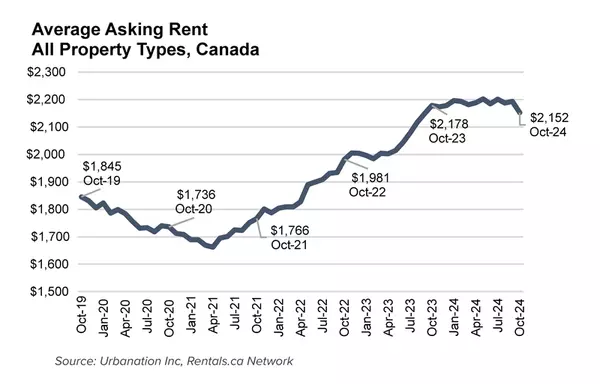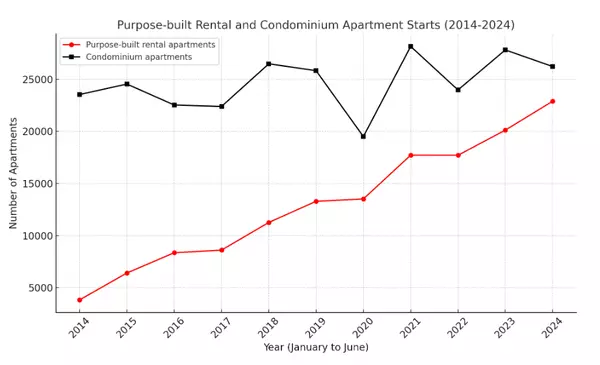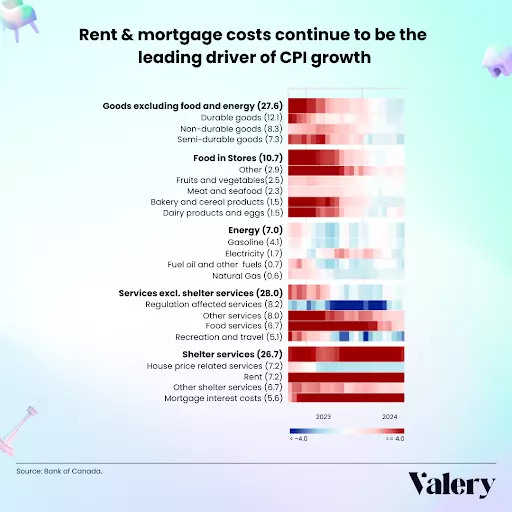Canadian rental housing crisis: A call for a low-income housing tax credit
Canada faces a significant challenge in its rental housing crisis due to a lack of new affordable units being built. Despite efforts through the National Housing Strategy’s five programs, only 17,000 units were delivered over four years, barely improving Ottawa’s track record from the past 30 years. For instance, between 1996 and 2013, provincial and federal governments provided less than 7,000 new units.
On the other hand, between 1987 and 2021, the United States constructed 3.5 million subsidized rental units. Adjusted for population, this is equivalent to Canada building 11,000 units per year. While both countries have reduced tax benefits for rental real estate, the U.S. offset this by creating the Low-Income Housing Tax Credit (LIHTC) to support renters with low-middle incomes.
Tax credits via efficient resource allocation for profit and nonprofit rental housing owners
If Canada introduced its own LIHTC, it would create an alternative federal funding opportunity with private sector expertise in owning, building and managing low-income rental housing. The program would provide tax credits to both for-profit and nonprofit rental housing owners, and give nonprofits the choice to sell these tax credits.
Efficient resource allocation would be a critical part of the program, which would be achieved by creating tax credit competition between developers and using a market-based test for the need for and viability of low-income housing.
A supplement to existing renter supports using syndicators to advise on credit pricing
The program could supplement existing renter supports, like housing allowances, local government programs and rent supplements. Developers would receive tax credits, which they would provide investors to offset income tax.
Credits would be funded federally and awarded based on provincial criteria. The program would have a limit, with each region receiving an annual allocation of credits based on its population. The Canada Revenue Agency (CRA) would ensure projects meet program requirements.
To help finance projects, developers would use syndicators that advise on credit pricing. So far, at least two major Canadian banks are active in the U.S. process and could apply their experience to a Canadian program. The tax credit is distributed over 10 years within the U.S. program. Those with large, regular taxable incomes would benefit from a similar program.
Implementing a Canadian LIHTC could drastically increase the creation of affordable rental housing using private sector resources and expertise. Canada can learn from the successful U.S. model to create a more efficient and effective system to not only address the current shortfall but also provide long-term benefits for low- and middle-income renters nationwide.
Categories
Recent Posts










GET MORE INFORMATION


